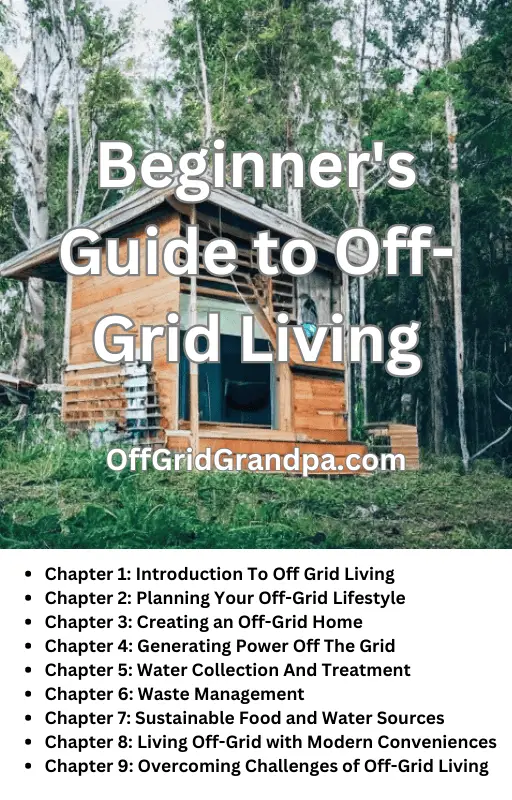Are you dreaming of a life where the rolling fields are your backyard, and the crisp, clean air fills your lungs every day? If you’re considering homesteading in Minnesota, you’re on the right track to living a self-sufficient and fulfilling life. Homesteading isn’t just a lifestyle; it’s a commitment to living off the land, embracing nature, and cultivating a simpler, more sustainable life. In this guide, we’ll take you on a journey through some of the best counties in Minnesota for homesteading, exploring why they are ideal spots for aspiring homesteaders like yourself.
Becker County
Becker County, nestled in the heart of Minnesota, offers a harmonious blend of natural beauty and homesteading opportunities. With its pristine lakes, lush forests, and fertile lands, Becker County provides an ideal environment for homesteaders looking to grow their own food and live close to nature. Imagine waking up to the songs of birds and the rustle of leaves, knowing that you’re living in harmony with the earth.
Morrison County
Morrison County is a hidden gem for homesteaders seeking a peaceful, rural life. This county boasts vast expanses of arable land, making it perfect for cultivating crops and raising livestock. Morrison County‘s strong agricultural traditions and supportive community make it a haven for homesteaders looking to establish sustainable farming practices. Here, you can find a thriving community of like-minded individuals, sharing knowledge and resources to help you flourish on your homestead.
Crow Wing County
If your dream homestead involves serene lakeshores and breathtaking sunsets, Crow Wing County might be your ideal destination. This picturesque county offers an abundance of lakeside properties, allowing you to build your homestead with a view. Imagine sipping your morning coffee by the lake, with the sounds of nature as your soundtrack. Crow Wing County provides ample opportunities for fishing, boating, and other water-related activities, adding to the charm of homesteading in this region.
Wadena County
Wadena County stands out as a homesteader’s paradise, offering a rich tapestry of forests, meadows, and farmland. Homesteaders in Wadena County can enjoy the freedom of wide-open spaces, allowing for diverse agricultural pursuits. Whether you aspire to grow organic vegetables, raise livestock, or establish an orchard, Wadena County provides the canvas for your homesteading dreams. The county’s strong sense of community and support for sustainable living make it a welcoming environment for newcomers.
Otter Tail County
For homesteaders who crave a touch of wilderness in their daily lives, Otter Tail County presents an enticing opportunity. With its abundant wildlife, pristine lakes, and vast forests, this county offers a unique homesteading experience. Imagine sharing your homestead with deer, foxes, and a myriad of bird species. Otter Tail County allows you to coexist with nature while building a self-sufficient life. The county’s diverse landscapes provide endless possibilities for homesteading ventures, from cultivating native plants to establishing wildlife habitats.
Itasca County
Itasca County, located in the enchanting Northwoods of Minnesota, offers a homesteading experience surrounded by towering pines and crystal-clear lakes. Homesteaders in Itasca County can immerse themselves in the tranquility of nature while pursuing sustainable living practices. The county’s fertile soil and favorable climate make it conducive to agriculture, making it an ideal spot for aspiring homesteaders. Imagine tending to your garden under the dappled sunlight filtering through the trees, knowing that you’re living in harmony with the land.
Aitkin County
Aitkin County embodies the essence of homesteading dreams coming true. This county, with its rolling hills and rich soil, provides a canvas for homesteaders to cultivate their aspirations. Aitkin County’s strong agricultural heritage and supportive community create an environment where homesteaders can thrive. Whether you’re interested in traditional farming, permaculture, or agroforestry, Aitkin County offers the space and resources to turn your dreams into reality.
